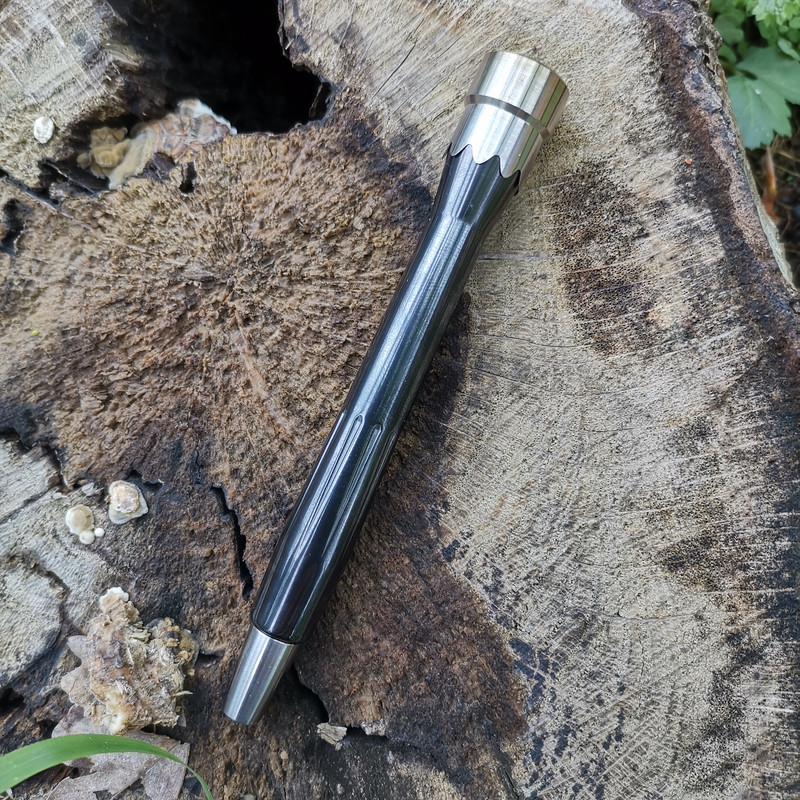Yes, a Dynavap condenser works but I don't think that it alone will do much about the heat, best to add an intercooler. And there is still the problem of removing it from the one open end.I’m trying A Dynavap condenser and o rings- perfect fit on the Ceramo,,checking Performance of this setup before trying an xl condenser .
Thinner O-rings may work with the4-bore condenser.
Currently I find it a simple matter to just pull out the M condenser assembly from my M7 and insert it into the Ceramo.

